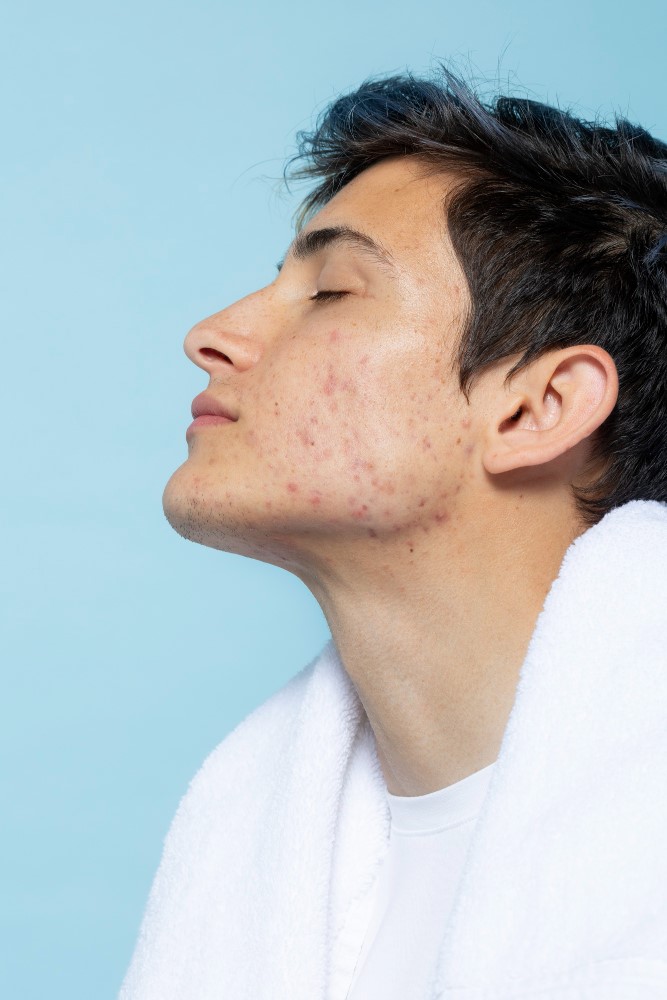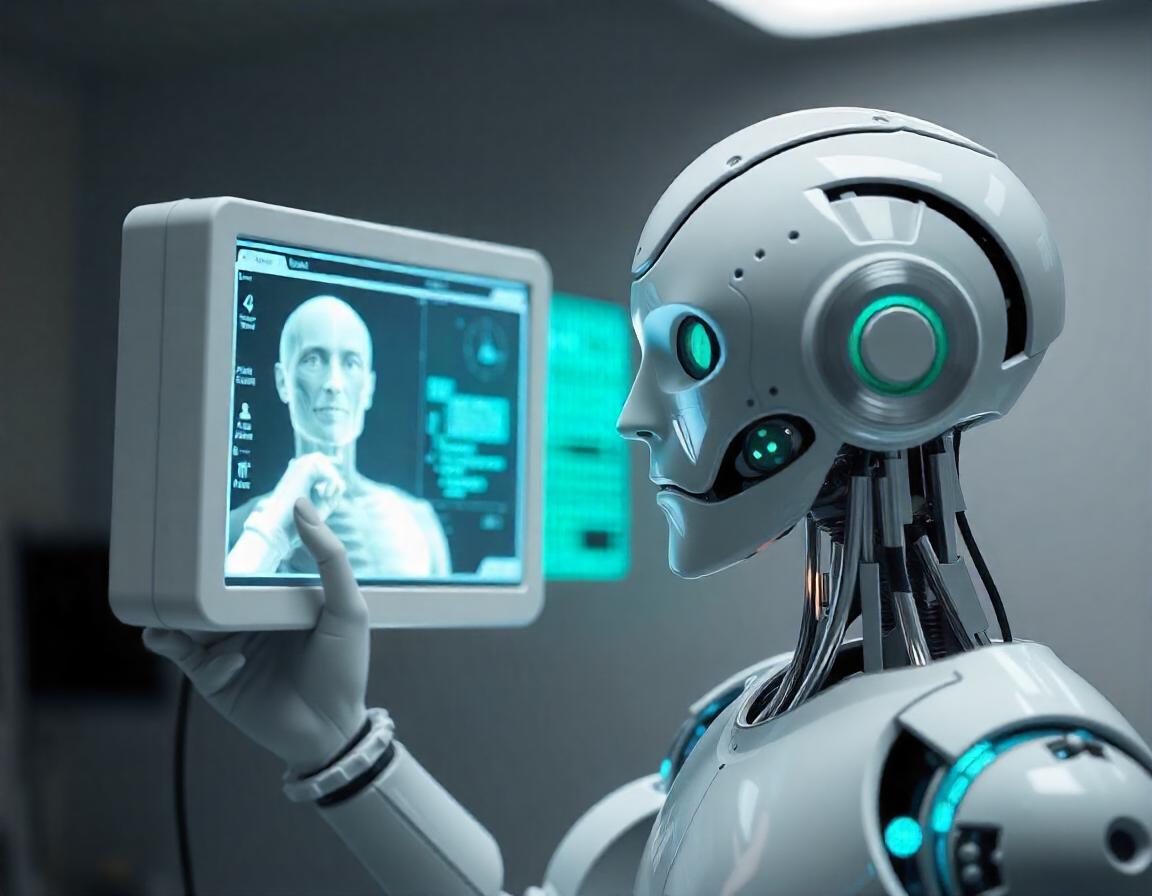April 16, 2024

Acne, a prevalent skin condition affecting millions worldwide, transcends mere aesthetic concerns, often presenting challenges to both physical and emotional well-being. Characterized by the formation of pimples, blemishes, and lesions, acne manifests across diverse demographics, from adolescents to adults.
What is Acne?
At its core, acne arises from the obstruction of skin pores by a combination of factors including oil (sebum), bacteria, dead skin cells, and environmental impurities. This occlusion leads to the formation of comedones, commonly known as blackheads and whiteheads. As these comedones progress, they may evolve into inflammatory lesions, such as papules, pustules, nodules, and cysts, further exacerbating the condition.

Types of Acne:
1. Comedonal Acne:
Comedonal acne primarily manifests as non-inflammatory lesions known as comedones. These comedones are further classified into:
a. Blackheads (Open Comedones): Characterized by open pores filled with oxidized sebum and keratin, blackheads appear as dark or black bumps on the skin's surface.
b. Whiteheads (Closed Comedones): Closed comedones, on the other hand, are characterized by closed pores containing trapped sebum and dead skin cells, presenting as flesh-colored or whitish bumps.
2. Inflammatory Acne:
Inflammatory acne encompasses a spectrum of lesions marked by inflammation and often manifests as:
a. Papules: Small, raised, red bumps caused by inflamed or infected hair follicles. These lesions are tender to the touch and may evolve into more severe forms if left untreated.
b. Pustules: Characterized by redness, inflammation, and the presence of pus-filled heads, pustules are common inflammatory lesions seen in acne.
c. Nodules: Nodular acne presents as large, solid, painful lumps beneath the skin's surface. These deep-seated lesions can lead to scarring and are notoriously challenging to treat.
d. Cysts: Cystic acne represents the most severe form of acne, characterized by large, pus-filled lesions deeply embedded within the skin. Cysts are painful and prone to scarring, necessitating prompt medical intervention.

How to Treat Acne:
1. Topical Treatments:
Topical medications are often the first line of defense against acne and may include:
a. Benzoyl Peroxide: An antimicrobial agent that reduces bacteria and unclogs pores by removing excess sebum and dead skin cells.
b. Salicylic Acid: A beta-hydroxy acid that exfoliates the skin, unclogs pores, and reduces inflammation.
c. Retinoids: Derivatives of vitamin A that promote cell turnover, prevent the formation of new comedones, and reduce inflammation.
2. Oral Medications:
In cases of moderate to severe acne, oral medications may be prescribed to address systemic factors contributing to the condition. These may include:
a. Antibiotics: Oral antibiotics such as tetracycline, doxycycline, or minocycline are used to reduce inflammation and bacterial colonization.
b. Hormonal Therapies: For females with hormonal acne, oral contraceptives containing estrogen and progestin or anti-androgen medications may be prescribed to regulate hormone levels and reduce sebum production.
c. Isotretinoin: A potent oral retinoid used in severe, treatment-resistant acne, isotretinoin targets multiple acne pathways, including sebum production, inflammation, and follicular hyperkeratinization.

3. Procedural Interventions:
Dermatological procedures offer adjunctive therapies for acne management and may include:
a. Chemical Peels: Chemical exfoliation using alpha-hydroxy acids (AHAs) or beta-hydroxy acids (BHAs) to remove dead skin cells, unclog pores, and improve skin texture.
b. Laser Therapy: Laser treatments target acne-causing bacteria, reduce inflammation, and promote collagen remodeling, resulting in smoother, clearer skin.
c. Intralesional Injections: Corticosteroid injections are used to rapidly reduce inflammation and shrink large, painful nodules or cysts.
4. Lifestyle Modifications: Adopting a skincare regimen comprising gentle cleansing, moisturizing, and sun protection is paramount in acne management. Furthermore, minimizing stress, maintaining a balanced diet, and avoiding pore-clogging cosmetics can help prevent acne exacerbations.
5. Combination Therapies: Combining multiple treatment modalities tailored to individual needs often yields optimal outcomes in acne management. Dermatologists may prescribe a combination of topical, oral, and procedural interventions to address diverse aspects of the disease process.

Conclusion:
Acne is a common problem that easily appears in all ages and genders, however, with a full understanding of the pathophysiology of acne, we can find suitable treatment methods. Always seek guidance and help from experts and dermatologists and strictly follow the treatment process to achieve long-lasting and comprehensive results.
Related blog posts

Dermatology
The Growing Role of AI in Healthcare
Artificial Intelligence (AI) has become an integral part of modern life, with its influence growing rapidly, especially in healthcare.

Dermatology
Understanding Psoriasis: Causes, Symptoms, and Treatment Options
Psoriasis is a chronic autoimmune skin condition that affects millions of people worldwide.

Dermatology
What is scalp ringworm?
Scalp ringworm is a fairly common skin condition. Let’s learn about scalp ringworm and how to treat it.